A battery fan offers a portable and reliable way to stay cool without needing access to an electrical outlet. As temperatures rise during summer months or in off-grid locations, personal comfort becomes a top priority. This compact device runs on rechargeable or replaceable batteries, making it ideal for camping trips, outdoor events, power outages, and travel. Unlike traditional fans that require wall sockets or extension cords, a battery fan delivers airflow wherever you go. It fits easily in backpacks, coolers, or car consoles. Many models are lightweight and come with adjustable stands, clips, or handles. As a result, users enjoy flexibility in positioning and usage. Some battery fans include USB charging ports, LED lights, or misting functions.
These extra features enhance convenience and functionality. Whether you’re hiking, working in a garage, or sleeping in a tent, a battery fan provides instant relief from heat. In addition, it supports energy conservation by reducing reliance on air conditioning. More people are choosing this eco-friendly alternative for daily use. Understanding its benefits, types, and best applications helps you make a smart purchase. This guide covers everything you need to know about selecting and using a battery fan effectively.
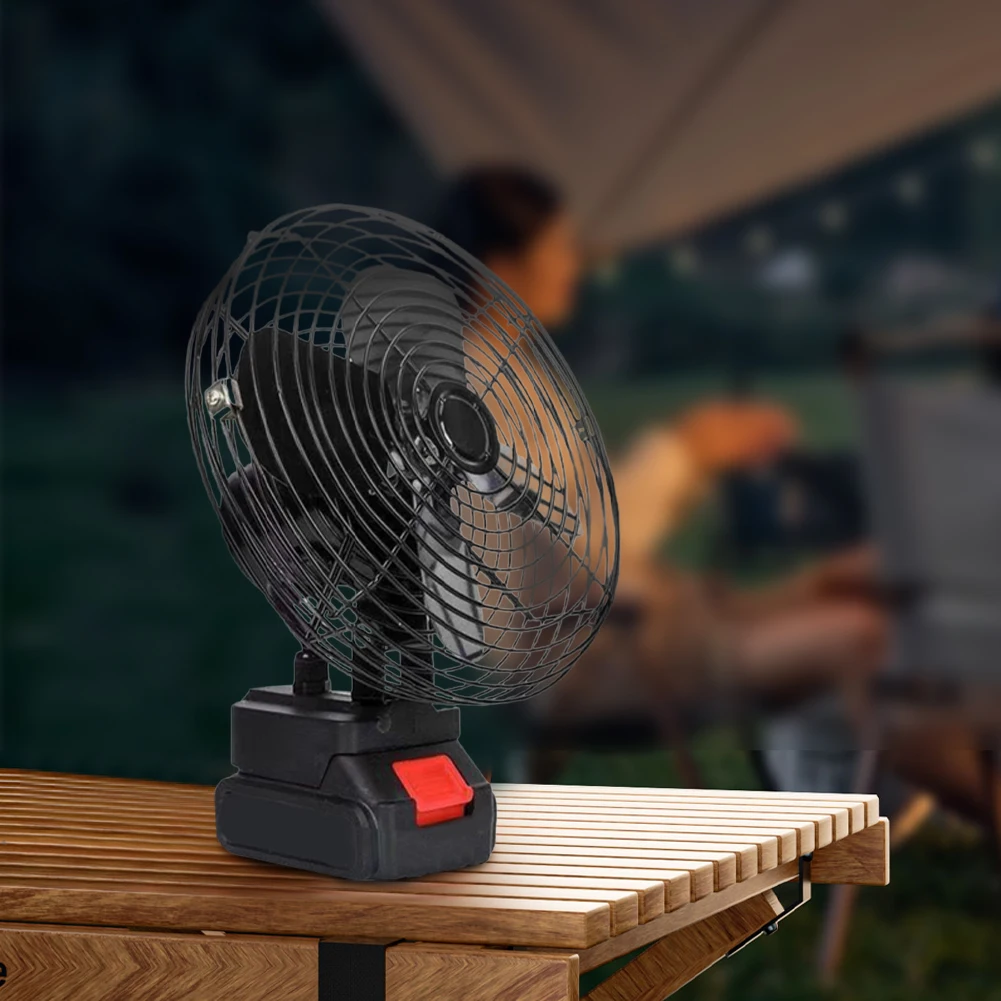 Types of Fans and Their Unique Features
Types of Fans and Their Unique Features
Battery fans come in various designs, each suited to different needs. Handheld models are small and easy to carry. You can hold them in one hand while relaxing or walking. They often include adjustable speeds and foldable blades. Next, clip-on fans attach to tents, strollers, or headboards. Their flexible necks allow you to direct airflow precisely. Tabletop versions sit on desks, nightstands, or picnic tables. These usually offer stronger airflow and longer runtimes. Floor-standing battery fans resemble mini tower fans. They cover larger areas and often include oscillation. Some models combine multiple functions.
For example, misting battery fans spray a fine water fog. This creates a cooling effect through evaporation. Others include built-in LED lights for nighttime use. USB-rechargeable fans connect to power banks, laptops, or car chargers. This makes them perfect for road trips or outdoor work. Solar-charging models use sunlight to refill the battery. These are ideal for extended camping or emergency kits. Rechargeable lithium-ion batteries are common. They last longer and charge faster than older battery types. Alkaline-powered options let you swap in standard AA or D cells. This is useful when charging isn’t possible. By matching fan type to your activity, you maximize comfort and efficiency.
Key Components That Make a Fan Work Efficiently
A battery fan operates using several essential parts. The battery is the main power source. It can be built-in or removable. Rechargeable batteries offer long-term savings. Removable ones let you swap in fresh cells when drained. The motor converts electrical energy into motion. Brushless motors are quieter and more durable. They also use less power, extending battery life. Blades generate airflow when spun by the motor. Size and shape affect air volume and noise level. Larger blades move more air but require more energy. Smaller fans suit personal cooling needs.
The housing protects internal components. It also directs airflow in the right direction. Many models include grills to prevent finger contact. A control panel allows speed adjustment. Some have buttons; others use dials or touch sensors. LED indicators show battery level and power status. Handles, stands, or clips provide stability. Wall mounts or suction bases add installation options. Wires and circuits connect all parts safely. Quality insulation prevents short circuits. Overcharge protection extends battery health. USB ports enable device charging while the fan runs. Built-in fans often include voltage regulators. These stabilize power and prevent motor damage. Together, these components ensure reliable, long-lasting performance.
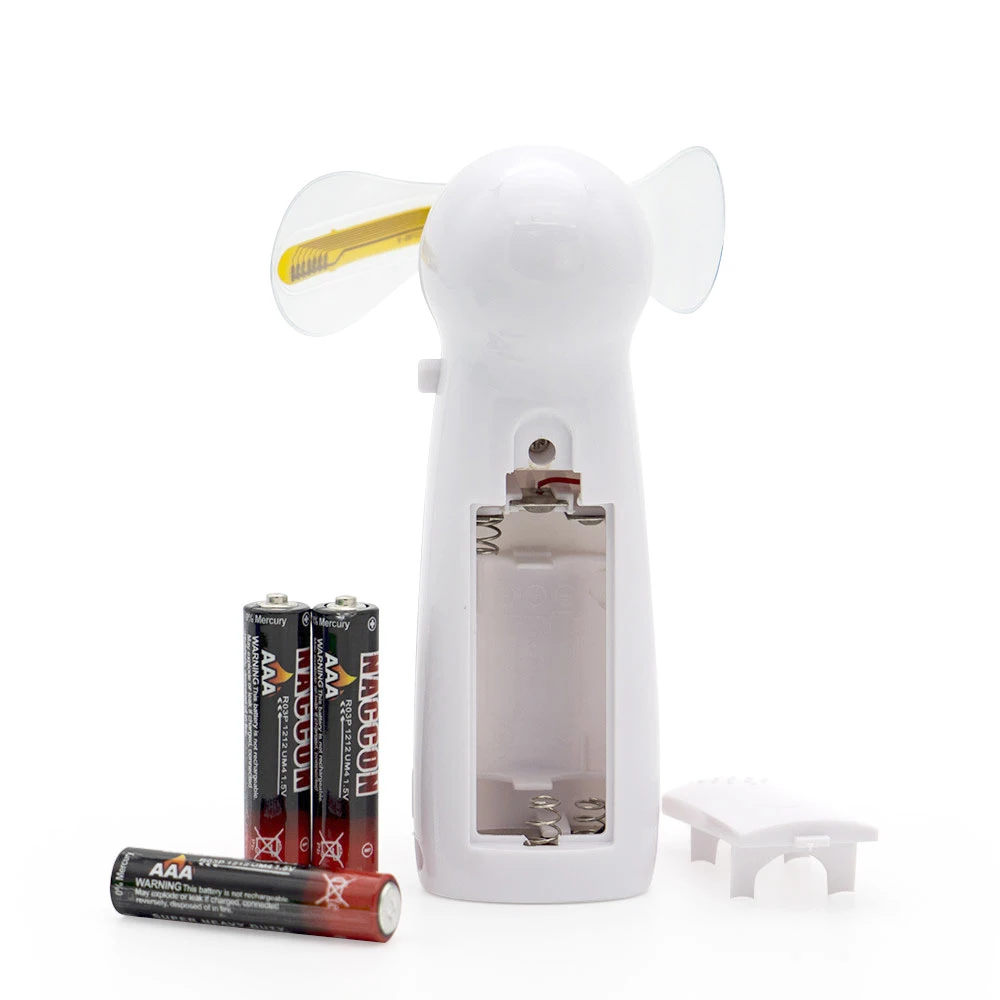 How Long a Fan Can Run on a Single Charge
How Long a Fan Can Run on a Single Charge
Battery life varies depending on the model and usage. Most standard battery fans run between 4 and 12 hours per charge. High-capacity models can last up to 20 hours on low speed. Runtime depends on several factors. First, battery size matters. A 4000mAh battery lasts longer than a 2000mAh one. Next, fan speed affects power consumption. High-speed settings drain batteries faster. Using low or medium settings extends operating time. Misting functions also reduce battery life. The water pump requires additional energy. Ambient temperature plays a role too.
Cold weather slows chemical reactions in batteries. This reduces output and shortens runtime. Hot conditions may cause overheating. Some fans shut down automatically to protect the motor. Recharge time ranges from 2 to 8 hours. USB-C models charge faster than older micro-USB versions. Solar-powered fans take longer but use free energy. Users can extend run time by turning off unnecessary features. For example, disabling the LED light saves power. Carrying spare batteries or a power bank helps during long trips. Always refer to the manufacturer’s specifications. Real-world performance may differ slightly. By understanding these variables, you can plan usage effectively. A battery fan with longer runtime offers greater convenience.
Why Fans Are Ideal for Outdoor Activities
Outdoor adventures often lack access to electricity. That’s where a battery fan becomes essential. Hikers use handheld models to cool down during rest breaks. The light weight doesn’t add strain to backpacks. Campers place table fans inside tents for nighttime comfort. Proper airflow improves sleep quality and reduces stuffiness. Fishermen clip fans to boat seats or canopies. This keeps them cool under the sun for hours. Picnickers set up portable fans on blankets or tables. They enjoy cool breezes while eating or relaxing. Cyclists attach small fans to helmets or handlebars.
These reduce sweat and heat buildup. Festival-goers rely on battery fans in crowded, hot venues. They stay comfortable without noise or cords. Outdoor workers, like gardeners or construction crews, use them during breaks. This helps prevent overheating and fatigue. Parents clip fans to strollers for babies and toddlers. It keeps children calm and protected from heat stress. Athletes use them during training or halftime. Coaches place them on benches for team recovery. Emergency responders carry battery fans in aid stations. They cool down patients suffering from heat exhaustion. Even livestock owners use them in temporary pens. All these uses show how versatile a battery fan truly is. Its portability and independence make it perfect for any outdoor setting.
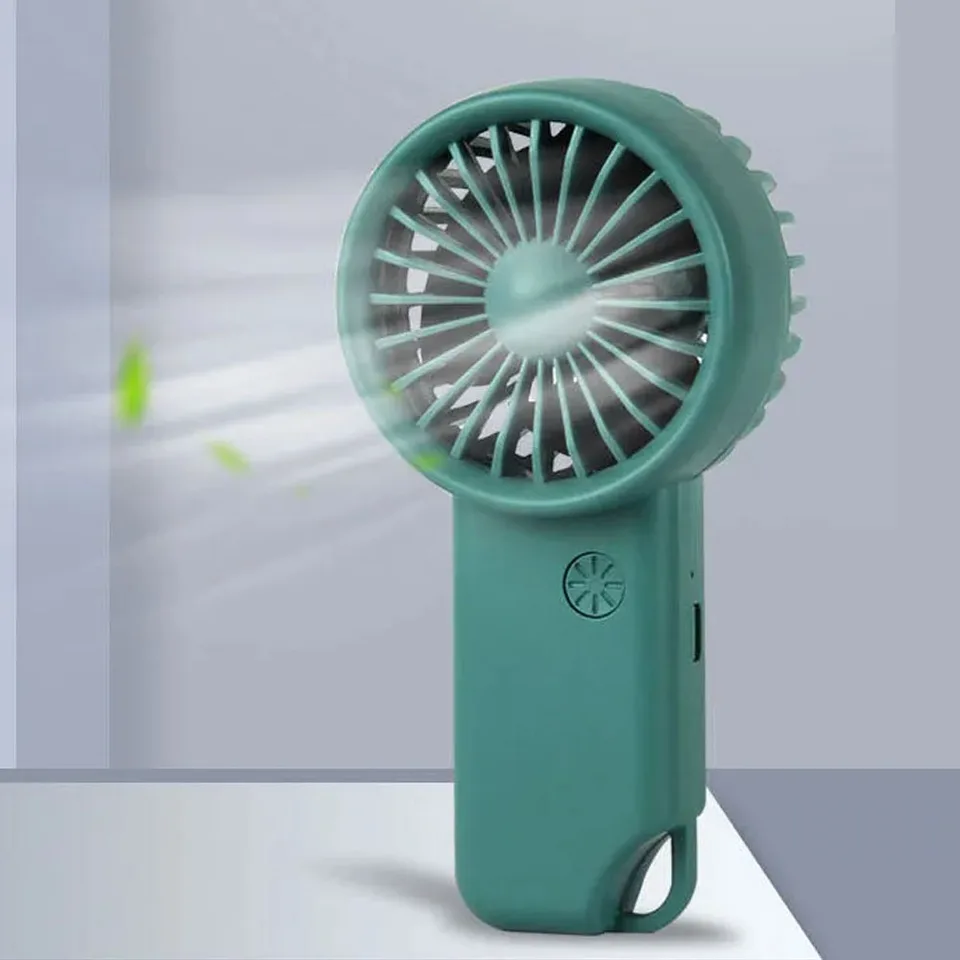 Using a Fan During Power Outages and Emergencies
Using a Fan During Power Outages and Emergencies
Power outages can strike at any time due to storms, blackouts, or grid failures. During these events, staying cool becomes difficult. A battery fan provides immediate airflow without relying on the grid. It continues working as long as the battery has charge. Many models include rechargeable batteries. You can charge them ahead of time using solar panels, cars, or power banks. When the lights go out, simply turn on the fan. It circulates air and reduces indoor heat buildup. Elderly individuals and young children are especially vulnerable to high temperatures.
A battery fan helps maintain a safer environment. Hospitals and shelters use them in backup cooling stations. They improve air quality and reduce stress. Families keep battery fans in emergency kits alongside flashlights and radios. These units require no fuel and produce no fumes. Unlike gas-powered options, they are safe to use indoors. They also operate quietly, which aids rest and recovery. During heatwaves, power demand often exceeds supply. Rolling blackouts become common. A battery fan offers peace of mind in such situations. Some models include USB ports. You can charge phones or medical devices while staying cool. By preparing with a battery fan, you increase resilience during crises. Its reliability in emergencies proves its value beyond daily use.
Comparing Battery Fans to Plug-In and Solar-Powered Models
Battery fans differ from plug-in and solar-powered alternatives in key ways. Plug-in fans deliver constant power. They run as long as electricity is available. However, they require outlets and cords. This limits mobility and use during blackouts. In contrast, a battery fan works anywhere. You can move it freely without worrying about power sources. Solar-powered fans use sunlight to generate energy. They are eco-friendly and great for sunny areas. But they depend on weather conditions.
Cloudy days reduce performance. Some solar fans include batteries, but not all do. Battery fans offer more consistent operation. They work day or night, indoors or outdoors. You can recharge them using various methods. USB charging, wall adapters, car ports, or solar panels all work. Battery fans also tend to be more affordable. They cost less than high-end solar models. Yet, they still deliver reliable cooling. However, they need recharging or battery replacement. Users must plan ahead to avoid downtime. Plug-in fans don’t have this issue. On the other hand, battery fans support energy conservation. They reduce strain on the grid and lower electricity bills. Each type has strengths, but a battery fan excels in portability and reliability.
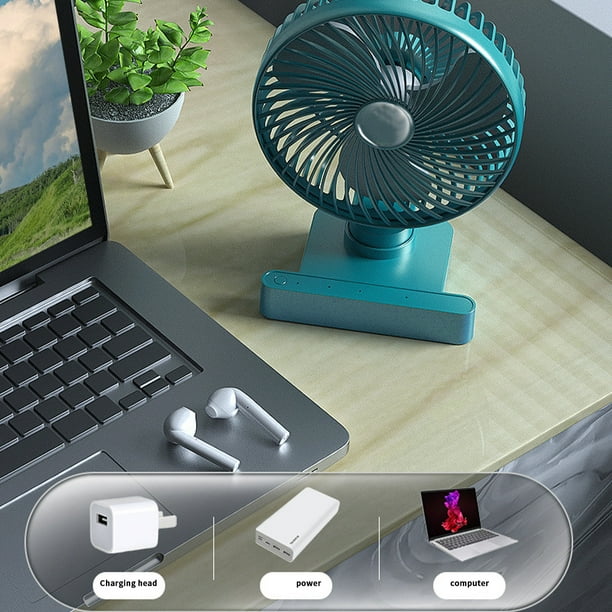 How to Maintain and Extend the Life of Your Fan
How to Maintain and Extend the Life of Your Fan
Proper care ensures your battery fan lasts for years. Start by cleaning it regularly. Wipe the blades and housing with a damp cloth. Remove dust and dirt that can block airflow. Let it dry completely before use. Never submerge the fan in water. Most models are not waterproof. Avoid using harsh chemicals or abrasive materials. Check the battery frequently. If using rechargeable types, avoid overcharging. Unplug once fully charged. For removable batteries, replace them when performance drops. Store the fan in a cool, dry place. Heat and humidity can damage internal parts.
Keep it away from direct sunlight when not in use. Inspect wires and connections for wear. Frayed cables can cause malfunctions or safety risks. Tighten loose screws or mounts. Ensure the stand or clip remains stable. If the motor makes unusual noises, stop using it. This may indicate internal damage. Let it cool down and examine the blades. Debris can get stuck and cause imbalance. Follow the manufacturer’s instructions for charging. Use only recommended adapters or cables. Using the wrong charger can harm the battery. Turn off the fan when not in use. This conserves power and reduces wear. Well-maintained fans perform better and last longer.
Choosing the Right Battery Fan for Your Needs
Selecting the best battery fan depends on your specific situation. First, consider where you’ll use it. For personal cooling, handheld or clip-on models work best. They are small and easy to carry. For rooms or tents, choose tabletop or floor-standing types. These cover larger areas. Next, evaluate battery type. Rechargeable models save money over time. Removable batteries allow quick swaps. Check runtime on different speed settings. Look for models with long battery life. Also, assess additional features.
Misting fans cool more but use more power. LED lights help at night. USB ports charge phones or tablets. Size and weight matter for portability. Lightweight fans are easier to transport. Make sure it fits in your bag or vehicle. Noise level is another factor. Quiet motors are better for sleep or office use. Oscillation spreads airflow more evenly. Adjustable stands or necks offer better positioning. Read customer reviews for real-world feedback. Compare prices and warranties. A higher price doesn’t always mean better quality. Choose a model that fits your budget and needs. By considering these points, you find a battery fan that delivers comfort and value.
Frequently Asked Questions
How long does a battery fan last on one charge?
Most run 4–12 hours. High-capacity models can last up to 20 hours on low speed.
Can I replace the battery in my fan?
Some models allow battery replacement. Others have sealed rechargeable units.
Do battery fans work without sunlight?
Yes. They run on stored power, unlike solar fans that need light.
Are battery fans safe for children?
Yes, if used properly. Keep fingers away from blades and supervise young kids.
Can I charge a battery fan with a power bank?
Yes, most USB-rechargeable models support power bank charging.
Do misting battery fans use a lot of water?
No, they use small amounts. Refill the tank every few hours.
Can I leave the fan charging overnight?
Only if it has overcharge protection. Otherwise, unplug it when full.
Are battery fans noisy?
Most are quiet. Brushless motors produce less sound than traditional ones.
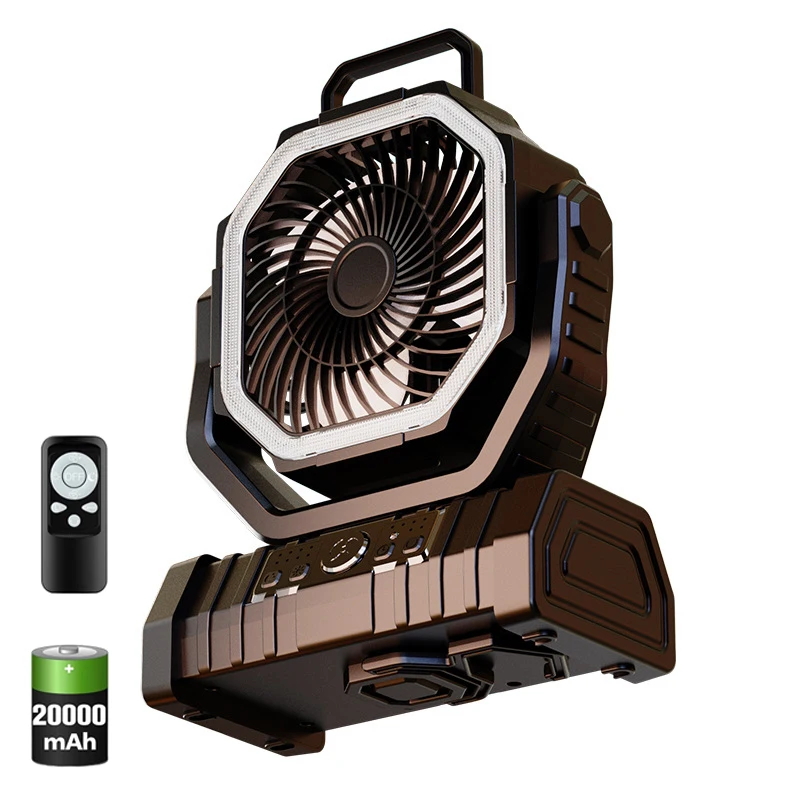 Final Thoughts
Final Thoughts
A battery fan is a versatile and practical tool for staying cool in any situation. It offers freedom from power outlets and supports comfort during travel, camping, or blackouts. With advancements in battery technology, modern models run longer and charge faster. Their portability makes them useful in homes, vehicles, and outdoor spaces. Whether you need personal cooling or want to improve air circulation, a battery fan delivers.
It also helps reduce energy use and reliance on air conditioning. By understanding features, maintenance, and best uses, you get the most from your device. As extreme weather becomes more common, having a reliable cooling solution matters. A battery fan provides peace of mind and consistent performance. Ultimately, investing in a quality battery fan enhances comfort, convenience, and preparedness.